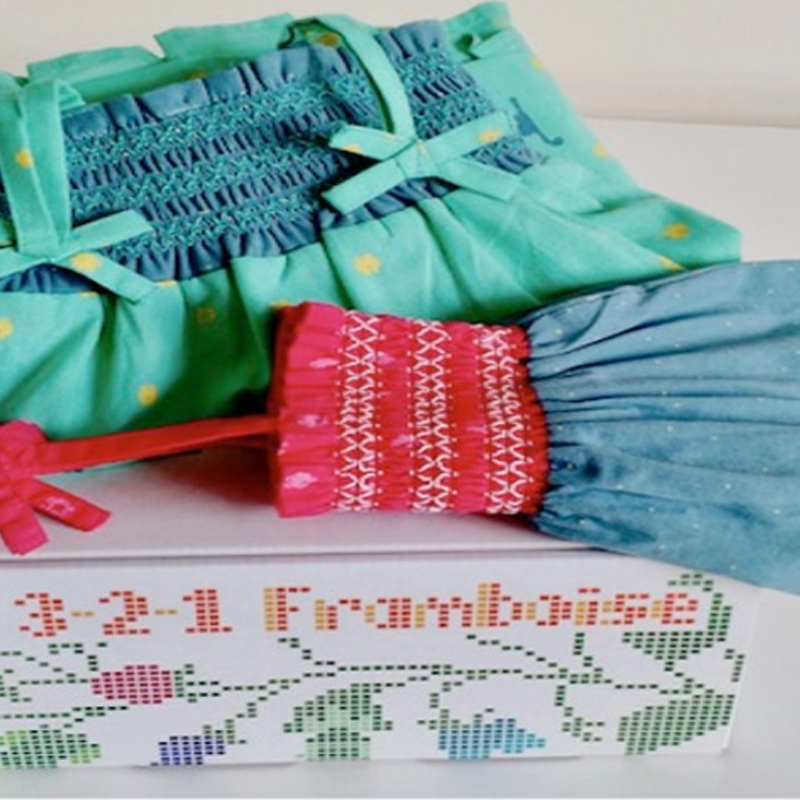As part of a series, we talk with some of the professional artists, graphic designers and others who make their living in creative endeavors and have created art for a BoxUp project. In this edition, we spoke with Tom Gallant, an artist based in the UK, for his perspective.
Q1. When tasked with a project/commission where creative output lies ahead, where do you go for inspiration?
I always start with literature and spend a lot of time researching specific ideas to the project. After research, I always write a lot to clear my head of ideas, connections and then I can begin with the visual research. There are fantastic libraries and I have made good contacts over the years.
Q2. Describe your workspace. Is it thoughfully planned? A reflection of you or your process? Something you apologize for?
My studio is clean, organised and a safe place to think and make but it could be bigger. Most of my work takes place on my computer and the folders are ridiculously organised to the extent that I have been asked to organise other people’s desktops!
Q3. What was it like creating custom artwork for a commerical client – in particular, a custom BoxUp box?
I love restrictions and spend most of my time finding ways of incorporating those into my work. When I was asked to make the design for the box I jumped at the chance to make something free of my usual direction. The challenge was to make something to a brief set by someone else, normally clients come to me because of my past work and give me a carte blanche to make a ‘Tom Gallant’. The design for 3-2-1 Framboise came fairly quickly and I made the connection between digital technology and games for children and the pixelated world of Atari became my focal point. The main challenge was getting the characters and clothes out of pixels without having to reduce the scale of the design which would make the grid more complex.
Q4. Any advice for the “kitchen table entreprenuer” in terms of how they treat and value design?
As a people of the 21st century, we have to bring qualities into our lives and understanding into what we consume. More importantly, we have to design value into everything we do and make. I think the advice I would like to give is more a plea; create things people actually need in a way that harms no one or thing especially the planet we live on. Use design to pass on a story to generations rather than landfill and understand that even the ephemeral can bring value if designed well; don’t forget the box (I wish I had learn’t that when playing with my Star Wars toys!!).

